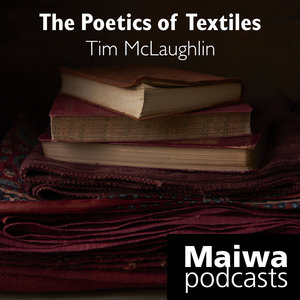 |
| The tables in Janes weaving studio are covered with the mordanted samples. |
We are sharing some of the highlights of our Natural Dye workshop which was held in conjunction with Jane Stafford Textiles. On the first day the students patiently completed a schedule of mordants. On the second day - the colour begins.
 |
| Dyeing with cochineal - one of the richest colours. |
Students work in groups to complete a large number of colour samples. It is an intense day with many pots and even more squares of fabric, and skeins of yarn. Recipes are not complicated but the possibility of a mix-up is ever present.
 |
| Checking dyeing for colour and even coverage. |
 |
| Colour samples ... |
 |
| More samples ... |
 |
| And still more samples ... |


















































